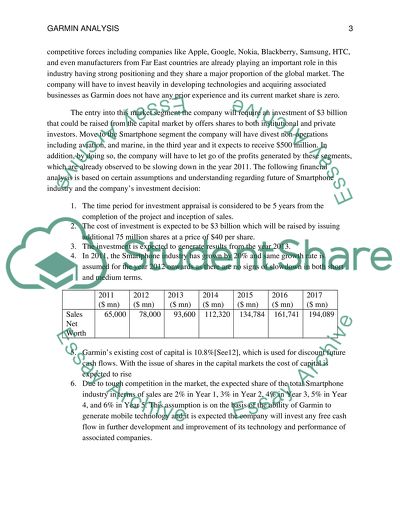Cite this document
(“Garmin Analysis - Looking To the Future Research Paper”, n.d.)
Garmin Analysis - Looking To the Future Research Paper. Retrieved from https://studentshare.org/finance-accounting/1463235-garmin-analysis-looking-to-the-future
Garmin Analysis - Looking To the Future Research Paper. Retrieved from https://studentshare.org/finance-accounting/1463235-garmin-analysis-looking-to-the-future
(Garmin Analysis - Looking To the Future Research Paper)
Garmin Analysis - Looking To the Future Research Paper. https://studentshare.org/finance-accounting/1463235-garmin-analysis-looking-to-the-future.
Garmin Analysis - Looking To the Future Research Paper. https://studentshare.org/finance-accounting/1463235-garmin-analysis-looking-to-the-future.
“Garmin Analysis - Looking To the Future Research Paper”, n.d. https://studentshare.org/finance-accounting/1463235-garmin-analysis-looking-to-the-future.


